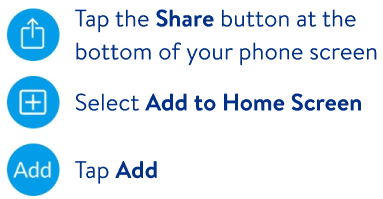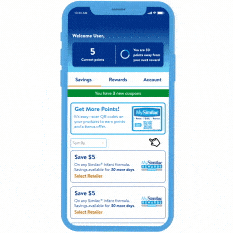Struggling with morning sickness? Here’s a list of things you can try:
1. Frequent, small meals and snacks
An empty stomach can trigger nausea or make it worse. Eating smaller, more frequent meals instead of 3 large meals can help. Before you get out of bed in the morning, eat some crackers, dry bread, or cereal to avoid early morning nausea. Drinking liquids 20 to 30 minutes before and after—but not during—a meal can also help.2
2. Stay hydrated
Nausea can be worsened by dehydration from not drinking enough fluids or from excessive vomiting. Dehydration can also make you feel woozy, off balance, or constipated—all of which contribute to feeling nauseated. Hydrate with water, milk, tea, soup, and water-rich fruits and vegetables.4
If you need to rehydrate, Pedialyte® is a quick way to replenish vital fluids and minerals. It comes in a variety of refreshing flavors.
3. Ginger
Research has shown that ginger eases nausea and soothes an upset stomach. You can make ginger tea with peeled ginger root; take ginger syrup, capsules, or tablets; and eat crystallized ginger or ginger candy.2
The American College of Obstetrics and Gynecology recommends spreading ginger use throughout the day. You can safely take up to 1,000 milligrams per day during pregnancy.
4. Time your prenatal vitamins
The iron in prenatal vitamins has been known to make nausea worse because it can irritate your stomach. Make sure you’re taking prenatal vitamins with food. You can also try cutting them in half to split up the dose between morning and evening. If this doesn’t help, talk to your doctor about your options.2
5. Avoid triggers
There may be some things that aggravate your nausea, like strong odors, perfumes, and even the smell of certain foods cooking on the stove. Let someone else do the cooking, but if you do cook, try opening a window or using a fan to minimize the odors.4
6. Sniff some lemons
For some women, the refreshing smell and taste of lemons can calm nausea. When morning sickness happens, sniff a lemon, lick a slice, or squeeze some juice into drinking water. You might also want to carry some lemon drops in your bag in case you’re feeling queasy on the go.2
7. Bland foods
Bland foods, made up of easy-to-digest components such as bananas, applesauce, rice, and toast, can sometimes help people with nausea or vomiting to eat something. Other foods to try are Cream of Wheat®*, apple juice, broth, weak tea, and boiled potatoes.5
8. Acupressure
Some women find relief from nausea with acupressure—applying pressure on the forearm, positioned about three finger-widths from the crease of the inner wrist. You can buy Sea-Band®* acupressure wrist bands at many drug stores. They’re inexpensive and help many women with motion sickness.2
9. Exercise
Exercise can also help some women find nausea relief. Take an extra walk and get some fresh air. You might also want to take a swim or a prenatal yoga class. Exercise is encouraged during pregnancy, but make sure to check with your doctor before starting a new fitness program.
10. Get plenty of rest
Stress and fatigue can increase feelings of nausea. Rest and relax as often as you can. We know it may be difficult to remember, but morning sickness is only temporary—and it means you have a little one on the way!4







